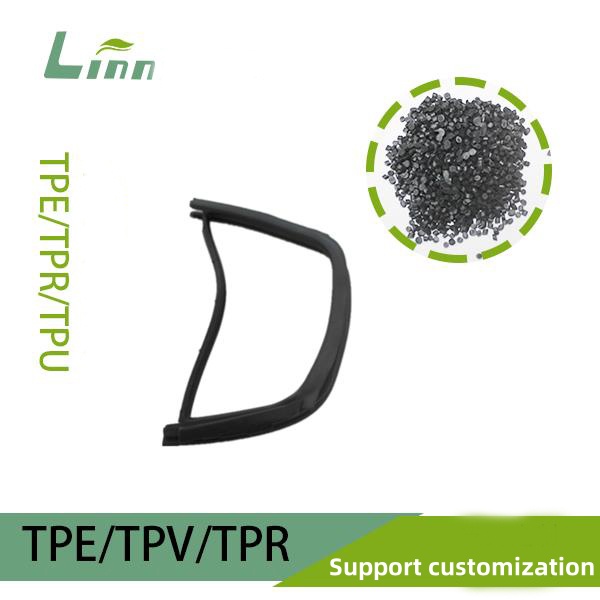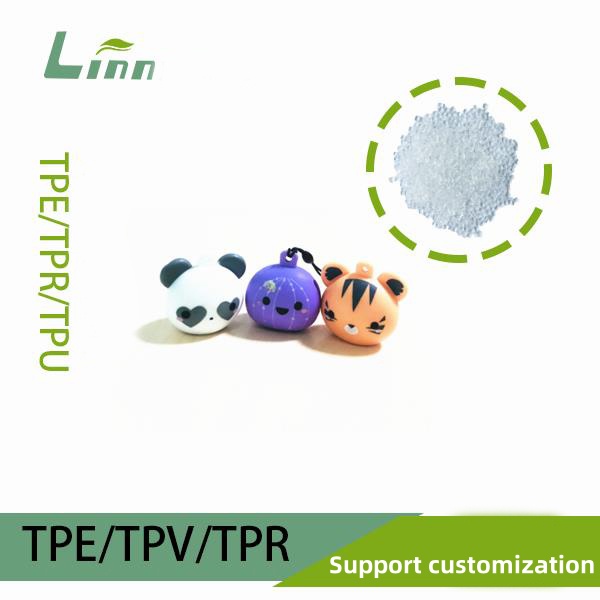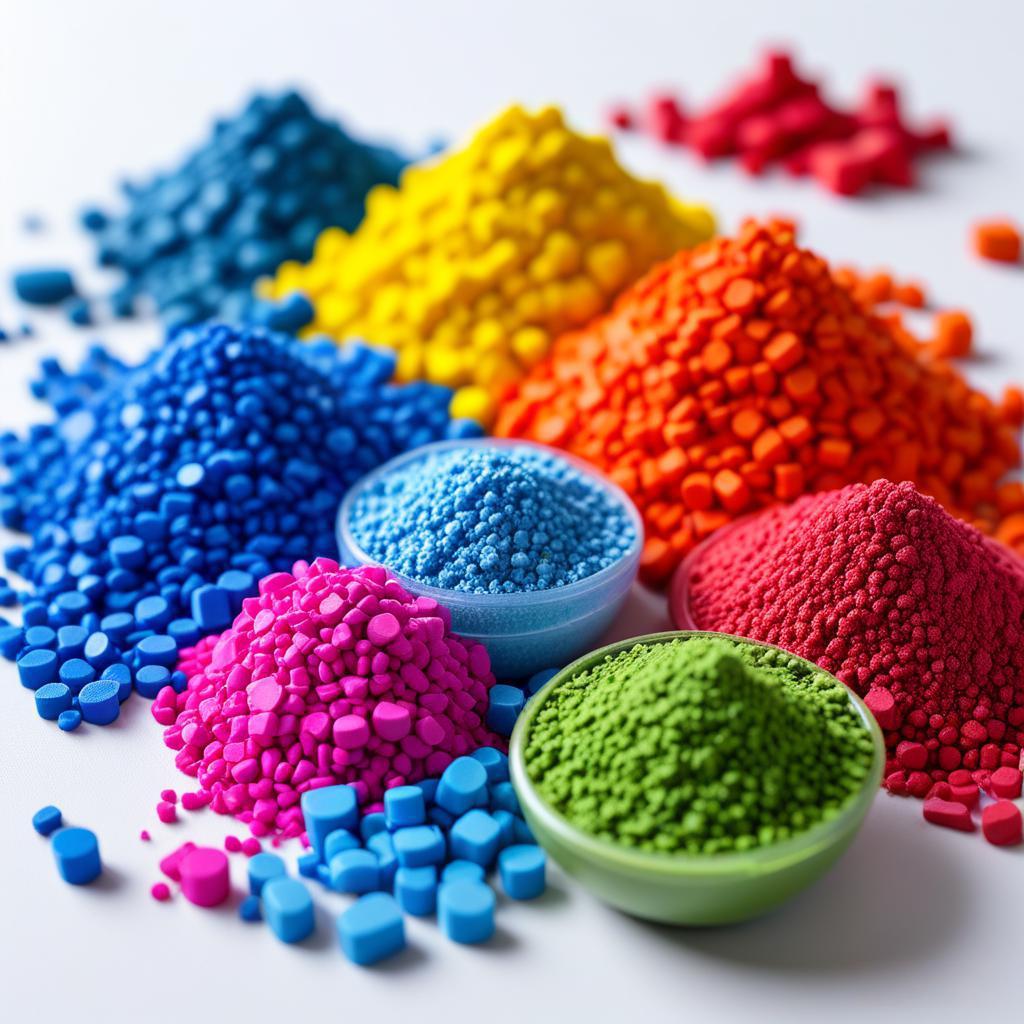Hey everyone! I’ve been working with thermoplastic elastomers (TPE) for years, and I’ve seen this question come up more times than I can count: “What happens if I soak TPE in hot water?” Maybe you’ve got a TPE product—like a kitchen gadget, a fitness band, or even a kid’s toy—and you’re wondering if a hot soak will ruin it. Or perhaps you’re in manufacturing and need to know how TPE holds up under heat and moisture. Either way, I’ve got you covered. I’ll break it down step-by-step, share some real-world experiences, and give you practical tips based on what I’ve learned in the field. Let’s dive in!

Understanding TPE and Hot Water: The Basics
When I first started messing around with TPE, I was fascinated by how it combines rubber-like stretch with plastic’s moldability. It’s a thermoplastic elastomer, meaning it softens when heated and hardens when cooled—pretty cool, right? But that heat sensitivity also means hot water can shake things up. What happens depends on a few key factors: the TPE’s specific makeup, the water temperature, and how long it’s submerged. Over the years, I’ve tested this stuff in all kinds of conditions, and here’s what I’ve figured out.
What Happens When TPE Meets Hot Water?
Let’s cut to the chase. Soaking TPE in hot water can lead to a range of outcomes, from “no big deal” to “oh no, what have I done?” Here’s the rundown based on my observations:
1. Softening or Deformation
The first thing I noticed when I tossed a TPE sample into hot water was how soft it got. TPE’s heat-sensitive nature means it starts to lose its shape above a certain temperature.
What Happens: At 50-70°C (122-158°F), most TPEs soften noticeably. Above 80°C (176°F), some start to warp or stretch out of shape.
Why: The polymer chains loosen up under heat, especially if it’s SEBS-based (a common TPE type).
My Experience: I once soaked a TPE yoga mat strip in 90°C water for 10 minutes. It came out floppy and slightly stretched—definitely not usable anymore.

2. Surface Changes
Hot water can mess with how TPE looks and feels. I’ve seen this happen with stuff like phone cases or grips.
What Happens: The surface might get sticky, tacky, or even slightly discolored—think cloudy or faded patches.
Why: Heat can pull out plasticizers (those oily additives that keep TPE flexible), leaving the surface funky.
Real Talk: A buddy of mine boiled a TPE bottle stopper to sterilize it. It came out tacky and left a weird residue on his hands—lesson learned.
3. Leaching of Additives
This one freaked me out the first time I saw it. Some TPEs release stuff into the water when heated.
What Happens: You might notice an oily film or a faint smell in the water, especially above 60°C (140°F).
Why: Plasticizers or stabilizers can migrate out under heat, especially in cheaper or poorly formulated TPEs.
Heads-Up: I tested a low-grade TPE sample in boiling water once, and the water turned cloudy with a slight sheen. Not exactly food-safe vibes.

4. Loss of Elasticity
If you push the heat too far, TPE can lose that springy magic I love about it.
What Happens: Prolonged exposure to 80-100°C (176-212°F) can degrade the material, making it brittle or less stretchy.
Why: The polymer structure breaks down, especially if it’s not a high-heat-resistant grade.
My Mistake: I left a TPE seal in near-boiling water for 30 minutes. It snapped like a cracker when I stretched it after—not its finest moment.
5. Nothing at All (Sometimes!)
Here’s the good news: not every TPE freaks out in hot water. Some hold up like champs.
What Happens: Below 40-50°C (104-122°F), many TPEs barely blink—shape, feel, and performance stay intact.
Why: Lower temps don’t hit the material’s softening point.
Tested It: I soaked a high-quality TPE watch strap in 45°C water for an hour. Came out looking and feeling brand new.

What Affects How TPE Reacts?
Through trial and error, I’ve learned that not all TPEs behave the same in hot water. Here’s what I’ve pinned down as the big players:
TPE Type: SEBS-based TPE (styrene-ethylene-butylene-styrene) is common and softens around 60-80°C. TPU-based TPE (thermoplastic polyurethane) can handle more heat, often up to 90-100°C.
Temperature: Below 50°C, you’re usually safe. Above 80°C, you’re rolling the dice.
Soak Time: A quick dip might not hurt, but hours of soaking ramps up the damage.
Additives: More plasticizers mean more risk of leaching or stickiness.
Grade: High-end TPEs (like medical or food-grade) are tougher than cheap knockoffs.
Practical Testing: My Hot Water Experiments
I couldn’t resist running some tests to see this in action. Here’s what I did with a few TPE samples I had lying around:
Sample 1: SEBS TPE Grip
Soaked in 60°C (140°F) water for 15 minutes.
Result: Softened a bit but bounced back after cooling. No biggie.
Sample 2: Low-Grade TPE Toy
Dropped in 90°C (194°F) water for 20 minutes.
Result: Warped, sticky surface, and a faint oily film in the water. Total fail.
Sample 3: TPU TPE Seal
Boiled at 100°C (212°F) for 10 minutes.
Result: Slightly softer but held its shape. Tough little guy!
Takeaway? Know your TPE’s limits before you dunk it in hot water.

TPE Hot Water Behavior Table
Here’s a quick cheat sheet I put together based on my tests and industry know-how:
| Temperature Range | What Happens | How Long Before Trouble | Fix or Avoid |
|---|---|---|---|
| 40-50°C (104-122°F) | Minimal change, stays solid | Hours, if ever | Safe for most TPEs |
| 50-70°C (122-158°F) | Softens, might deform slightly | 15-30 minutes | Cool it quickly to recover |
| 70-90°C (158-194°F) | Warps, gets tacky, may leach | 10-20 minutes | Use heat-resistant TPE |
| 90-100°C (194-212°F) | Deforms badly, loses elasticity | 5-15 minutes | Avoid unless TPE’s rated for it |
How to Handle TPE in Hot Water Safely
So, what if you need to expose TPE to hot water—like for cleaning or sterilization? I’ve got some tricks up my sleeve:
Check the Specs: Dig into your TPE’s data sheet (your supplier should have it). Look for the heat deflection temperature or max service temp.
Keep It Cool-ish: Stick to 40-50°C if you can. Warm, not scalding, is the sweet spot for most TPEs.
Short Dips Only: A quick rinse beats a long soak. I’d say 5-10 minutes max in hot water.
Pick the Right TPE: For heat-heavy jobs, go for TPU-based or high-performance grades. Linn’s got some solid options on our site if you’re shopping.
Test First: Got a spare piece? Dunk it and see what happens before risking your main product.

My Cautionary Tale
Here’s a story from my early days. A client asked me to make TPE seals for a hot water valve—nothing crazy, just 70°C exposure now and then. I used a basic SEBS TPE, thinking it’d hold up. First batch went out, and a week later, they called saying the seals were gooey and leaking. Turns out, I didn’t account for prolonged heat softening the material. I swapped to a TPU-based TPE rated for higher temps, re-ran the batch, and saved the day. Moral? Match your TPE to the job—don’t guess!
How to Protect Your TPE Products
If you’re using or making TPE stuff, here’s how I keep it in top shape around hot water:
Know Your Limits: Ask your supplier for heat tolerance details—saves guesswork.
Clean Smart: Warm water and mild soap usually do the trick—no need to boil unless it’s rated for it.
Store Right: Keep TPE away from heat sources post-soak to let it recover.
Upgrade When Needed: For hot-water-heavy use, invest in heat-tough TPE from places like Linn.

FAQs to Wrap It Up
I’ve fielded these questions a ton, so here’s what I’ve got:
Q1: Can I boil TPE to sterilize it?
A: Only if it’s a high-heat grade like TPU. Most SEBS TPEs will melt or degrade at 100°C.
Q2: Why does my TPE feel sticky after a hot soak?
A: Heat’s likely pulling out plasticizers. Switch to a low-bleed formula next time.
Q3: Will hot water ruin TPE permanently?
A: Not always—light softening might reverse, but heavy deformation or breakdown? That’s game over.
Q4: How hot is too hot for TPE?
A: Depends, but 80°C+ is risky for most unless it’s specially formulated.
Q5: Can I fix warped TPE?
A: Not really. You might re-mold it if it’s still pliable, but elasticity’s usually toast.
Final Thoughts
Soaking TPE in hot water isn’t a death sentence, but it’s not a free-for-all either. Figure out your TPE’s type, keep the heat in check, and test before you commit—I’ve learned that the hard way so you don’t have to. Whether you’re cleaning a TPE gadget or designing a heat-resistant seal, a little know-how goes a long way. Need more tips? Hit me up or check out Linn’s site for some solid resources. Here’s to keeping your TPE in one piece—no matter how steamy things get!





